Maria Mitchell Association
Small island science organization offers public the chance to participate in research.
Nantucket is usually known for it’s historic whaling voyages, the intricate craft of scrimshaw, and as a popular vacation spot. In the 19th century, however, one scientist added a curious wrinkle to the small island’s rich history. Born to a Quaker family in 1818, Maria Mitchell nurtured a love for astronomy whilst growing up on the island. She turned her interests into an illustrious career that eventually culminated in the founding of Nantucket’s first and only scientific institution, the Maria Mitchell Association.
Under the supervision of her schoolteacher father, Mitchell developed her observing skills early in life. As a teenager, Maria assisted sailors in navigating the seas by making complicated calculations. On land, the young astronomer spent nights looking through a telescope on her rooftop. Her hobby soon became a career and in 1847 she gained recognition for her discovery of a telescopic comet (a comet that is invisible to the naked eye). This achievement even earned her a gold medal from the King of Denmark.
In 1865, following Mitchell’s recent fame, the newly-found Vassar College hired the astronomer as its first professor. Mitchell spent the rest of her career educating and conducting research at the New York women’s college. After her death in 1889, Mitchell’s friends, family, and students founded the Maria Mitchell Association, dedicated to educating the public about science in her hometown of Nantucket. For over a century the association has grown and today it includes two observatories, an aquarium, a natural science museum, an historic house, and a research library.
The two observatories include the main Maria Mitchell Observatory near downtown, and the Loines Observatory about one kilometer away. The Astronomy Department houses a collection of over 8,000 glass photographic plates of the sky, constituting observations made between 1913 and 1995. Researchers still use the plates today as a reference to newer images. By comparing photographs of the same patch of sky taken decades apart, astronomers may study changes in celestial objects. Realizing the plates’ usefulness, the scientists at MMO became the first to digitize their entire glass plate collection and make their data available to astronomers worldwide. The Loines location features an antique 8-inch Clarke telescope used for public education as well as a 24-inch research-grade telescope.
The association also runs its own seasonal aquarium. Each year, a variety of local marine life is collected from the shores for a temporary stay at the aquarium before being released back into the ocean. More exotic life can be found at the aquarium too, as the Gulf Stream will occasionally carry tropical fish north into Nantucket waters. In addition to maintaining the aquarium, the staff lead Marine Ecology Walks where participants can observe the feeding habits of nocturnal sea creatures or assist in the collection, identification, sorting, and counting of specimens. In the winter, marine scientists also lead excursions to Muskeget Island where the birthing of hundreds of Gray Seal pups can be witnessed.
Similarly, the Natural Science department operates a museum that features local flora and fauna. There you can learn about the research done on the island, including the tracking of a male Osprey through the use of a solar-powered GPS transmitter placed on the bird. Using information relayed by the device about the bird’s location, altitude, flight speed and direction, scientists monitored its progress on a flight to South America. In one month, the bird covered 4000 miles, about one eighth of the Earth’s circumference. The department also leads Nature and Bird Walks and hands-on workshops in which participants can take part in the scientific research of the association staff at various remote sites around the island.
A historical look at the island and its culture is provided at the Mitchell House and the Mitchell Schoolhouse, both operated by the association. The former was built in 1790 and documents Nantucket life in the 19th century, featuring family artifacts including Maria’s original Dolland telescope. The schoolhouse, where Maria’s father taught, is located next door and houses the association’s Archives and Special Collections. Here visitors can peruse Maria’s manuscripts, 19th century scientific books and journals, and original documents pertaining to the family and association.
A complete Mitchell-family experience of Nantucket must also include a visit to the Meridian Stones. These two stones, located downtown, long perplexed the island’s inhabitants. However, the MMA’s research uncovered the mysterious stones’ origin and purpose. Using astronomical calculations, Maria’s father erected the stones to represent the true geographic meridian, or north-south line. The stones were used to monitor variations of a quantity called “magnetic declination,” defined as the angle between the lines pointing to the true North pole and magnetic North pole. Since surveyors of the time used compasses (which measure direction relative to the magnetic poles), accurate determinations of the magnetic declination were necessary to create geographically correct maps.
The so-called “Mitchell Meridian Line” was one of the first of its kind in the country, preceding the court-mandated construction of similar instruments by three decades.

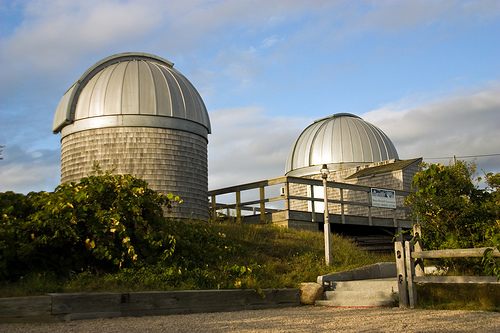
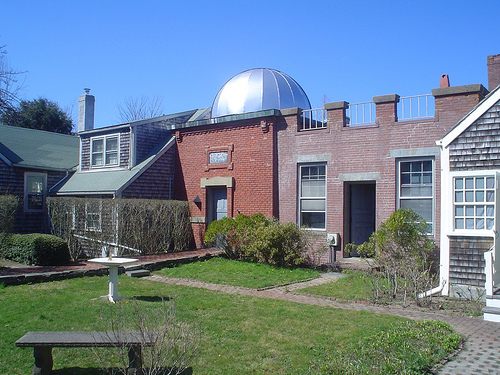
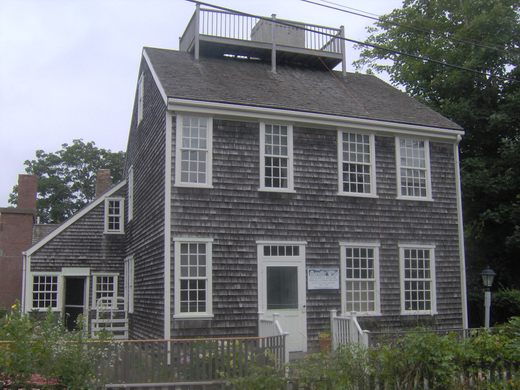
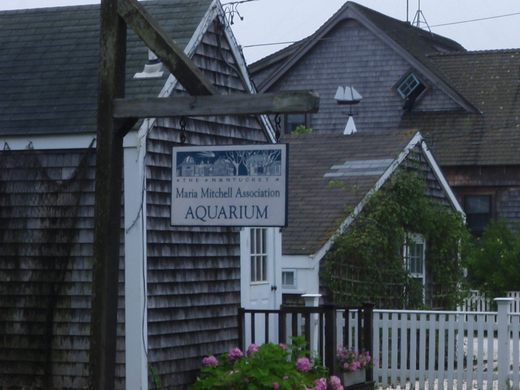
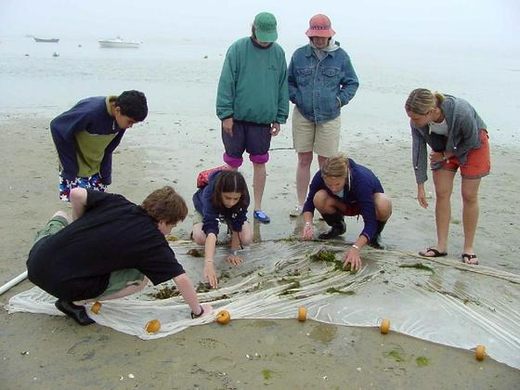
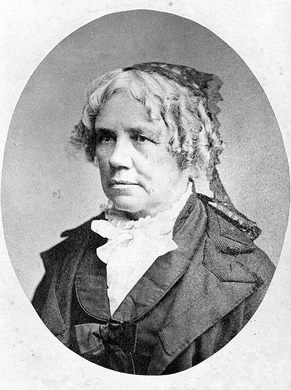




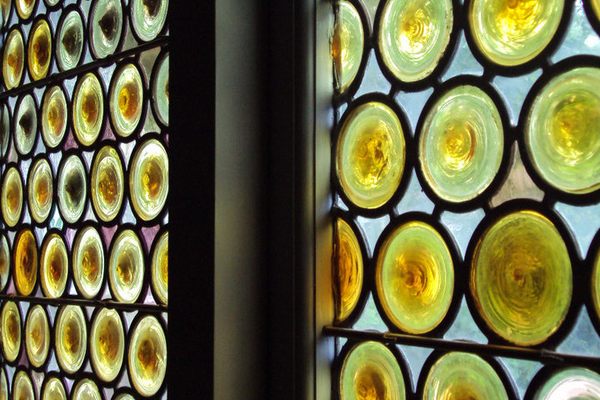

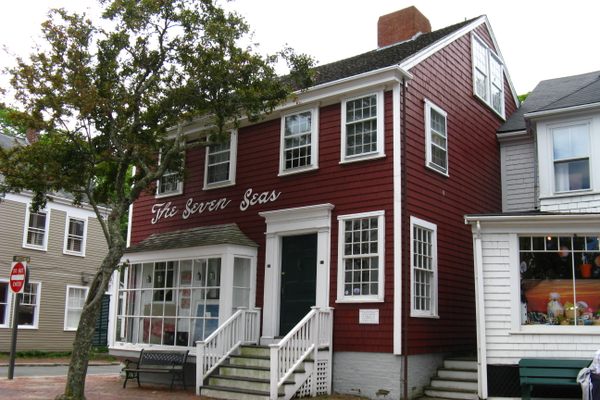


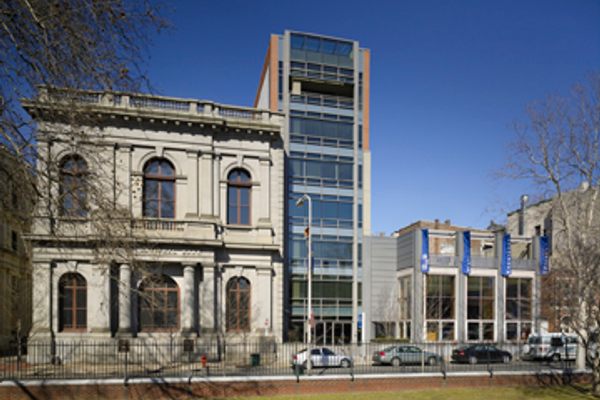
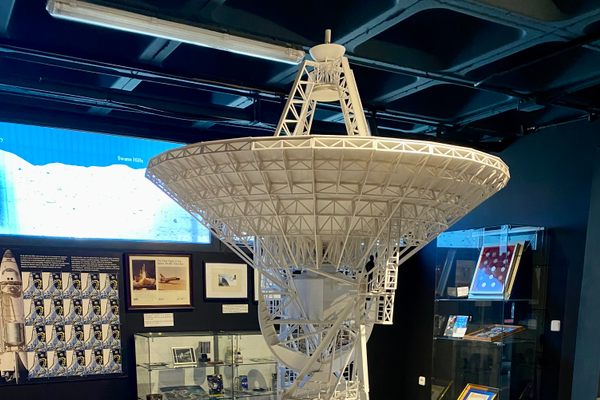


Follow us on Twitter to get the latest on the world's hidden wonders.
Like us on Facebook to get the latest on the world's hidden wonders.
Follow us on Twitter Like us on Facebook